Overview:
1. Filtration...
>
2. Turbulence
in accordance to Viktor Schauberger...
>
3. Ionisation
(with permanent magnets)
>
4. Transmission
of Information / Frequencies...
>

Filtration:
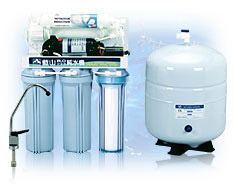
The filtration quality is to be qualified relatively simply
with the pore size of the applied filter membrane:
- Activated charcoal filters (within the range of 10-5 m).
- Micro-filters (within the range of micrometers (10-6 m).
- Reverse osmosis (to a maximum of 15 nanometers (1.5 x 10-8
m). *
A water molecule has a diameter of approximately 0.15 nanometer
(0.15 x 10-9 m).
A water cluster loaded with pollutants (700 water molecules
+ stored pollutants) has a diameter of approximately 2.5 nanometers
( 2.5 x 10-9 m).
Conclusion: The water cluster loaded with pollutants with
a diameter of 2.5 nanometers ( 2.5 x 10-9 m), is substantially
smaller than the pores of the reverse osmosis filter with
a diameter of 15 nanometers (1.5 x 10-8 m) and can not be
filtered out even by this very highly developed filter technology.
*: indication of a prominent reverse osmosis membrane manufacturer:
FLIMTEC Membranes (Dow)

Turbulence in accordance to Viktor Schauberger
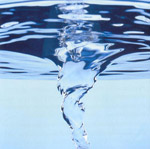
According to Schauberger water moves in this form when experiencing
turbulence.
The water can be measurably revitalized by this turbulence
in the ascending spiral. In this motion undesirable materials
and pollutants are not pushed to the outer edge of the flow
(and deposited there) but led in the centre of the flow and
compacted to a spherical shape:
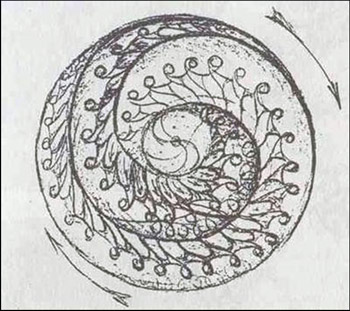
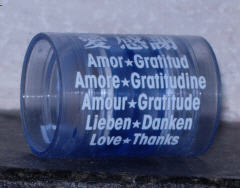
Examples: - simplest, however very efficient application of
the water turbulence according to Schauberger:
DevaJal®

Ionisation (with permanent magnets)
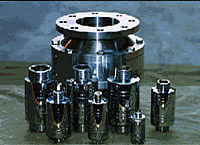
The electromagnetic field produced with ionisation by permanent
magnets affects the flowing water in its inter-molecular structure.
Correctly arranged, a very efficient water turbulence can
be produced. It helps to break up the usual large water clusters
in tap water (+/- 700 molecules) into smaller molecular conglomerates.
Different arrangements and the varying quality of the assigned
permanent magnets result in vastly different life-spans (6
months to 50 years).
Apart from the water itself ionisation also changes the molecular
structure of undesirable materials such as e.g. limestone
from large-laminar, fast stably teething conglomerates into
small units. This represents a simple, quite effective and
relatively economic method against the problems of calcification.

Transmission of Information / Frequencies (also known as Energizing)

According to the German physicist Dr.
Wolfgang Ludwig and Masaru Emoto water has the capacity
to receive and to store (and also to send) any kind of frequency.
This kind of energizing by transmission of frequencies changes
just as with ionisation
> the molecular structure of the water.
The constantly moving water molecules (imagine a kind of formation
dance) can be changed in their motion by the oscillation energy
of a frequency or a whole frequency spectrum. The water shows
this influence in its changed behaviour (e.g. taste).
The reception ability of the water (i.e. how strong the water
is already loaded with (negative) frequencies) for these new
frequencies on the one hand and the power of the frequencies
on the other hand are crucial.
In order to obtain such neutral water (deleted from poison
frequencies and ready for receiving the above mentioned new
frequencies), other principles of function such as turbulence
in accordance with Schauberger and/or ionisation must be applied.
The frequency transmission itself causes no deletion of existing
frequencies, it overlays them only. According to this way
of treatment, the water behaves in an unstable manner because
the new overlaid oscillation energies compete with old frequencies
remaining in the water. As a consequence such energized water
often returns to its original condition after a short time
– it misses the necessary stability.
Systems working exclusively with frequency transmission are,
therefore, time wise limited in their effectiveness.

|